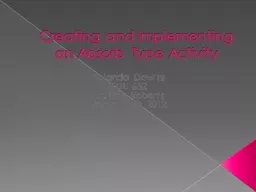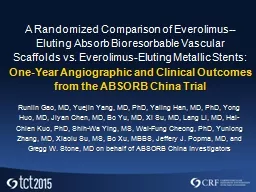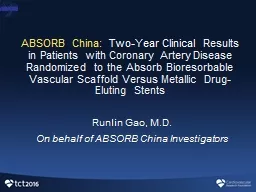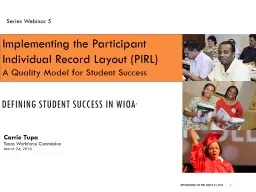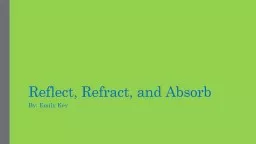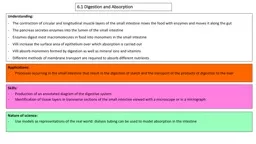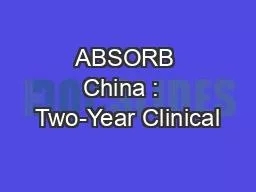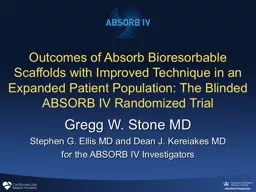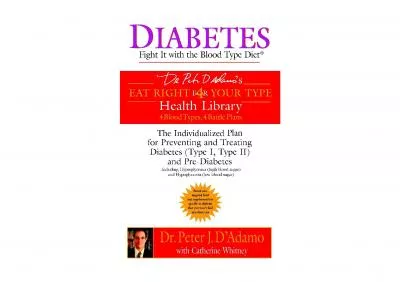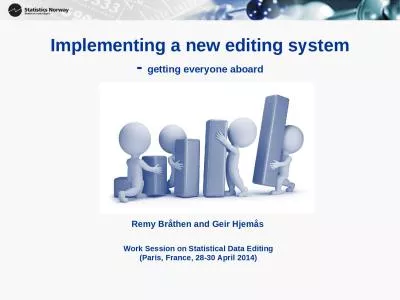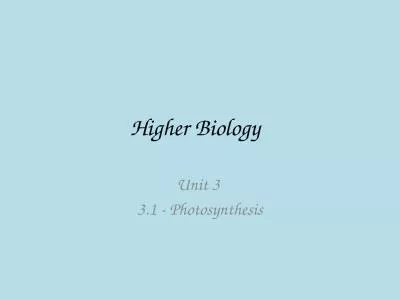PPT-Creating and Implementing an Absorb Type Activity
Author : ellena-manuel | Published Date : 2020-04-05
Yolanda Downs EDU 652 Dr Rhia Roberts January 30 2012 Example of an Absorb Activity Life Cycle of a Frog K3 Appropriate Setting Introduction Frogs spend their
Presentation Embed Code
Download Presentation
Download Presentation The PPT/PDF document " Creating and Implementing an Absorb Typ..." is the property of its rightful owner. Permission is granted to download and print the materials on this website for personal, non-commercial use only, and to display it on your personal computer provided you do not modify the materials and that you retain all copyright notices contained in the materials. By downloading content from our website, you accept the terms of this agreement.
Creating and Implementing an Absorb Type Activity: Transcript
Download Rules Of Document
" Creating and Implementing an Absorb Type Activity"The content belongs to its owner. You may download and print it for personal use, without modification, and keep all copyright notices. By downloading, you agree to these terms.
Related Documents

